-
Posts
822 -
Joined
-
Last visited
Content Type
Profiles
Forums
Gallery
Events
Posts posted by kirill4
-
-
- Archi and Hubac's Historian
-
 2
2
-
Good afternoon Frank,
Honestly, I don’t know whether the method of lashing the boats depends on where it is in storage ... It seems to me that reliability should play a decisive role here. The method of fastening what is now shown on the model can often be observed on the models of novice models(I don't know why they prefered to shoe it in this way), but you can’t find this method on professional models or models from museum collections, and I suspect on the real ships as well, most likely because it is impossible to reliably fix the boat or some other long items on the deck of the vessel, since such way of lashing cannot be tightly and securely fixed ... I propose to pay attention to such an option that it seems to me to look more real on the ship ... please consider all said above just as my personal point of vew
Again, all what has been said is just my thoughts and not to change something ... By the way, in the photo of the Galler models that I have a method of attaching similar to yours ... But I still doubt it is shown correctly ...
-
Good day Frank,
Fully agree with all pozitive comments above!
Outstanding work!
Very well done!
Ps
I have very big "personal " doubts that the boat lashing is shown correctly ... there are few options for the correct boat fastening on deck , and they are well known ...
for a model of this level of execution, it might make sense to show this element more correctly?
All the best!
Kirill
-
Good day Bruma,
As Rob said "...tapered the short sail so that there was no bunching or squaring at the yard end..."
As seems to me, this is value comment , trick which will gives them more realistic appearance?
-
Good afternoon Bruma,
in my opinion it looks just great, even in this form, as the sail is shown in the photo.
For the sake of objectivity, maybe it makes sense to post a photo with a real sail laid in the same way as on the model ...
then it will be possible to say how similar it is to the real one?
Although I repeat, I liked this current option too ... in general, I watch your construction site with great pleasure ... it turns out very cool !!!
All the best!
Kirill
- VitusBering and Bruma
-
 1
1
-
 1
1
-
Fully agree! Just Great !!!
-
Good day, Michael,
Looks amaizing! Great done!
All the Best!
Kirill
- Hubac's Historian and 72Nova
-
 1
1
-
 1
1
-
Good day,
I agree with GrandpaPhil - fully raised and set.
- Ferrus Manus, GrandpaPhil and Jeff T
-
 3
3
-
Good day Marc,
As usual for me , I watch every your post with great interest! After that rest of my day became realy nice !!!
Have question, if only we didn't tell about it in the past...sorry than,
Did You ever try semi" gold "potal"... ? That quite cheap stuff which usually could find in every store busy with decoration craftmenship goods..
If not , I would like to recomment to try to use it very much, instead of gold paints ...by my opinion, when it correct used, there is no "gold" paints existing which could substitude it in making real golden effect...
it is very simple staff in aplication, maybe even more easy than real gold paint to use.. but gilding effect of potal , Oh! which it makes...it is sometging!!!...:)))
if You didn't, just try to use it... if You will like it, than You can easily to recover all places in Your decors where "gold" need to be plated... :)))
Wish You and your family all the best!
Kirill
- Hubac's Historian, mtaylor and yancovitch
-
 2
2
-
 1
1
-
On 7/8/2023 at 1:32 AM, Ferrus Manus said:
Happy birthday Michael!
- Ferrus Manus and Baker
-
 1
1
-
 1
1
-
folkarts are excellent paints, but this is not quite what you need for dyeing threads ... I really used acrylic artistic paints mixed with varnish on my model ... but in the end I came to the conclusion that it is better than dyeing threads or finished ropes in a mixture of artistic there are no oil paints and oil in white spirit solution... acrylic does not hold well on threads... I pulled it through the block several times and the paint starts to crumble, peel off, and then tint again - that is still a thankless task... I plan to use it on my next model only the aforementioned mixture of artistic oil paints, oil and white spirit ... this composition was looked after by the great master Dmitry Shevelev -https://www.shipmodeling.ru/phpbb/viewtopic.php?f=65&t=71037&p=386214&hilit=умбра+ленинградская#p386214
https://www.shipmodeling.ru/phpbb/viewforum.php?f=65
for coloring white threads with artistic oil paints, you can dilute the composition in half a liter container, for example - a tube of paint is mixed with liquid oil - teak, for example (you can add more white spirit - to make the composition more liquid) Natural umber is used for standing rigging. On running, ocher is added to this paint.
It is dyed by pulling a thread through a can or a poured puddle of paint. Then the thread is pulled several times through the cotton glove and hung out to dry. Can be used in a day. -
if you paint the threads well before installation - use artistic oil paints diluted in teak oil, for example ... let them dry well under load, then they become like a soft wire and hold the desired shape well - and straight lines and imitation of sagging under gravity .. .if unpainted threads are installed, they behave unpredictably ... they spring, bend in the wrong direction and create other difficulties .... part of the thread passing through the block can be carefully lubricated with a microdroplet of CAgel and pulled and pressed down, thus creating an imitation of bending pulley block with a cable under the influence of force on the caeate or gravity ...
- Ferrus Manus and Jeff T
-
 1
1
-
 1
1
-
Although there are images where the aft flagpole seems to be installed both aft in the diametral plane and in the presence of a bonaventure ... but on the Elizabeth Jonas model, for example, it is shifted to the port side
- Ferrus Manus and Jeff T
-
 2
2
-
- GrandpaPhil and Ferrus Manus
-
 1
1
-
 1
1
-
6 hours ago, Ferrus Manus said:
The bonaventure lateen sail is decently well on its way toward completion.
However, one challenge has presented itself, that being how i am supposed to stick a long flagpole onto the stern of the ship on the starboard side. I have decided i would like to have it on the starboard side because of the way the wind is blowing. I would like the flag to be able to fly unopposed by the bonaventure sail or any of its rigging.
On many of these paintings, the ship in question has an almost comically large stern flagpole, flying an equally large flag. However, these ships are very different to my vessel in one major way: They do not have bonaventure masts or sails. This is very important. The aft bulkhead on a four-masted galleon is an extremely crowded place, much more so than on a three-master. Thus, one must choose where the flag is to be flown at the stern. The crew must have actively transitioned the flag from port to starboard and vice versa, depending on the tack of the ship. Flying it in the center of the bulkhead would mean it would run seriously afoul of the bonaventure lateen's sheet.
This problem did not present itself in Kirill's build owing to the fact that his ship's bonaventure sail was not tacked in any considerable way; mine is. I will have to figure out how long of a flagpole i can have without the flagpole truck fouling the top of the bonaventure lateen.
Greetings, Mikhail, my idea was that the bonaventure sail and the flagpole were not armed at the same time ... therefore they practically did not interfere with each other in reality ... on my model the sails are shown without reference to any plot, therefore the stern flag and bonaventure are present at the same time ... I did not place the flagpole of the stern flag in the diametrical plane - I was guided by one of the old engravings, this position makes it possible to show both the flag and the rigging of the bonaventure - its sheets and outrigger
- GrandpaPhil and Ferrus Manus
-
 2
2
-
Good day,
I agree with Michael opinion posted in #156
-
I ve just posted a few pictures... selfexplaining process...capstan could be used any time when it would be necessary together with aux tackles...John Harland in his "Seamanship in the age of sail" gives exelent explanation of the process...I have nothing to add here :)))
I've try to reproduce anchor " fishing" picture from John McKay "SOTS 1637" ( on my model)
- Hubac's Historian and 72Nova
-
 2
2
-
Hello, I would venture to suggest that the use of a single-pulley cat block in this case may well be ... these are auxiliary devices for fixing anchors along the stowed ... and not for lifting an anchor from the water where much more significant effort was needed ... cat the beam and its hoists could be armed in the same way as the fish beam, and there, too, a single-pulley block was used, roughly speaking, as a guide, and the necessary effort was achieved by arming additional hoists that were attached to the fish hoist lopar ...
Some information could found here - John Harland "Seamanship in the age of sail" and John McKay "SOTS 1637"
- shipman, Hubac's Historian and 72Nova
-
 2
2
-
 1
1
-
How Did You positioned cleats for ring stopper and anchor gear ? Along timber or across?... :))) as seems to me , it should be along... but it is diffucult to see on the photo...
-
Нi Michael! It turned out great! And from a historical point of view and craftsmanship! I hope Fred H. was not mistaken about the single pulley cat block ... :)))
-
Good day Michael,
for me it was very interesting moment when he mentioned that cat block was single sheave ?!!! frankly speaking I didn't think about cleats position... is this Vasa forum still active? if Yes, we could ask Fred H / directly... in the past He gives very prompt answer ...
-
Good day Michael,
I ve gound some interesting info regarding Vasa anchor gear arrangements
https://warshipvasa.freeforums.net/thread/204/make-corel-vasa-anchor-holder
-
this is certainly immodest ... but maybe something will come in handy from my experience armed mezzanines
... for dyeing threads ... I once spoke about wonderful American paints and stains from folk arts ... and you use them as I see ... there are no difficulties with them and dye the threads after installing the rigging and drying CA... I dilute the stains of this company with water immediately on the brush and paint over the threads at the installation site.,. they lay down perfectly... if the intensity is not enough, I paint over again... it is better to start painting over with highly diluted stains and add intensity as needed,,,
-

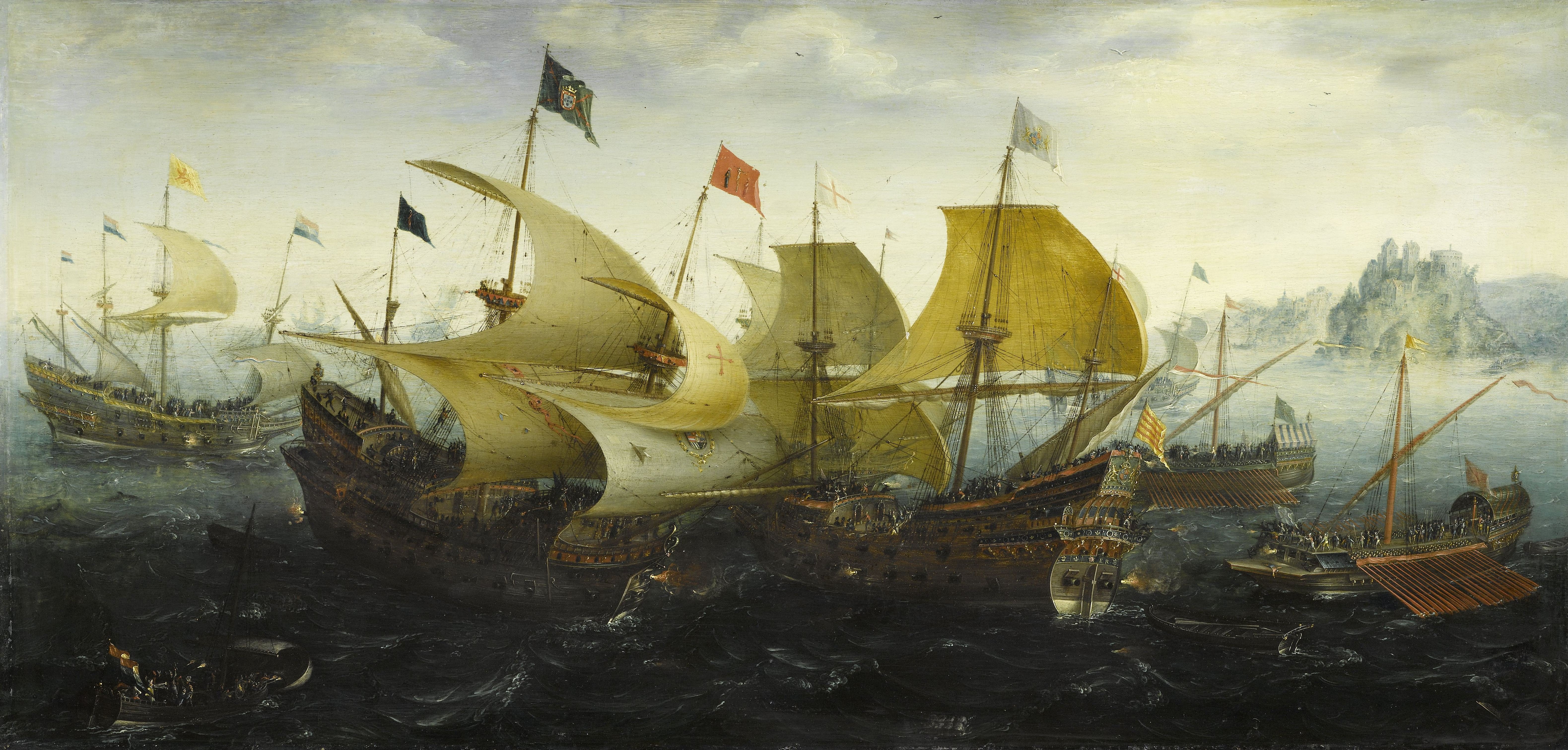
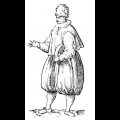
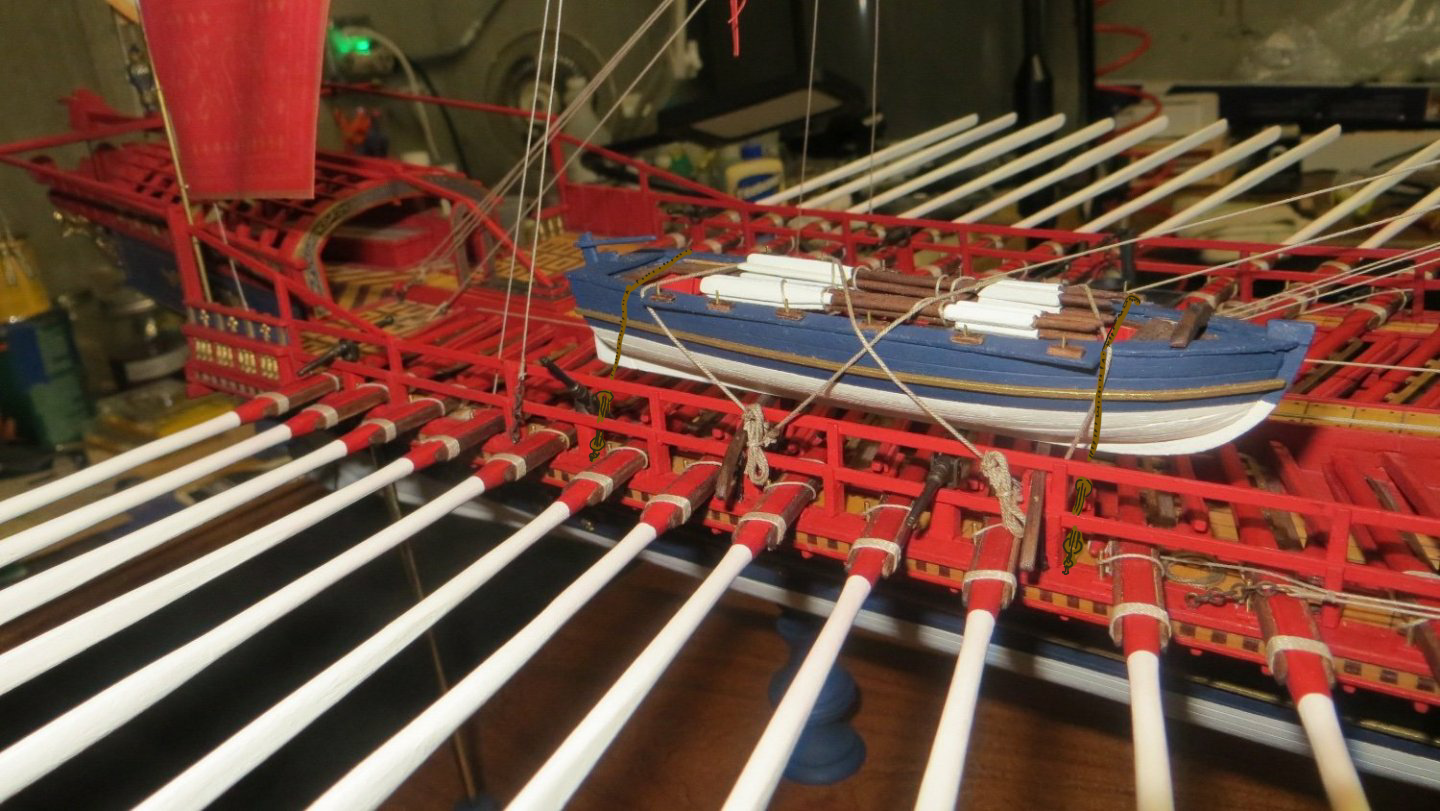
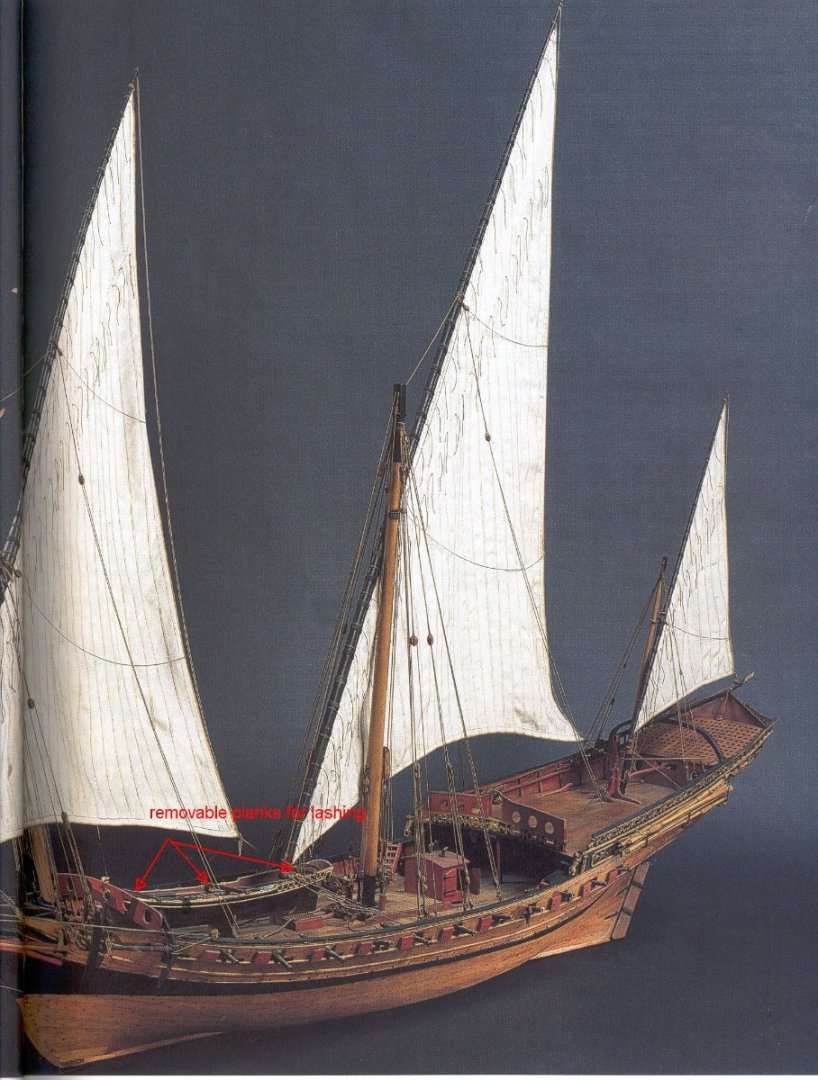

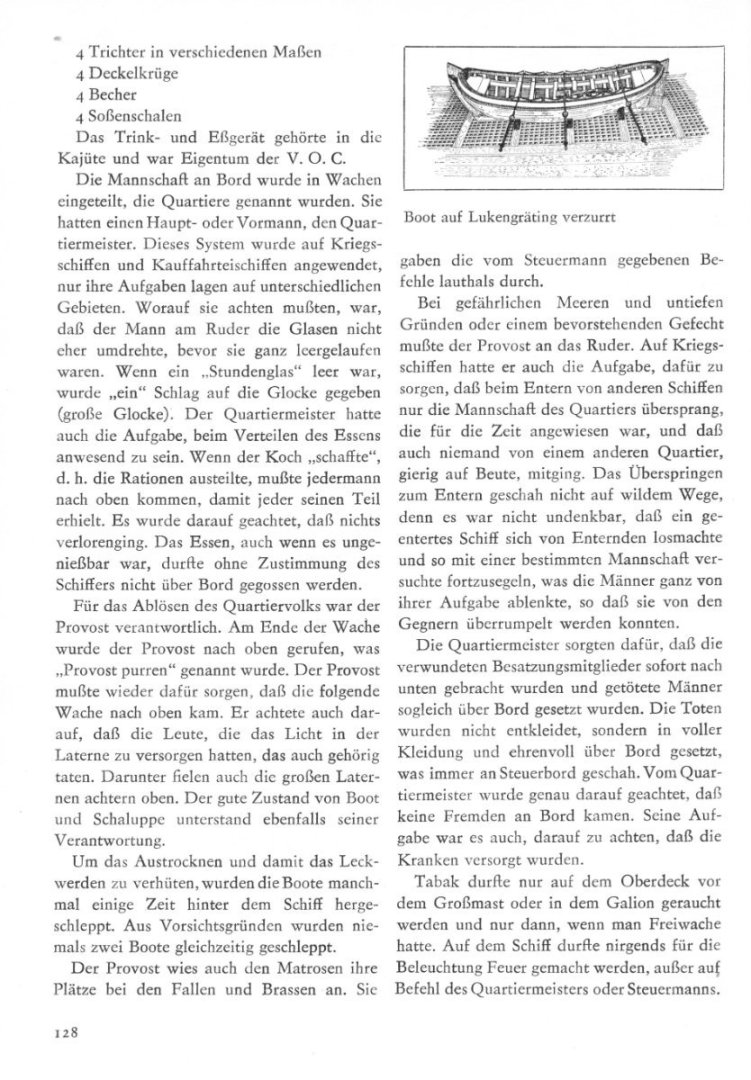
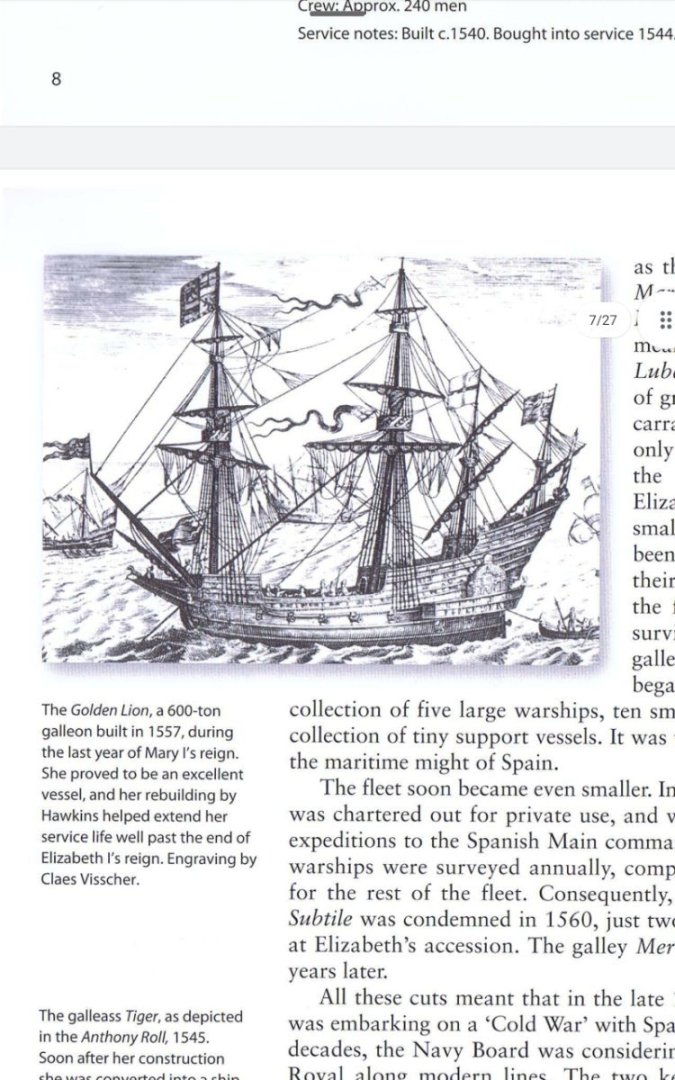

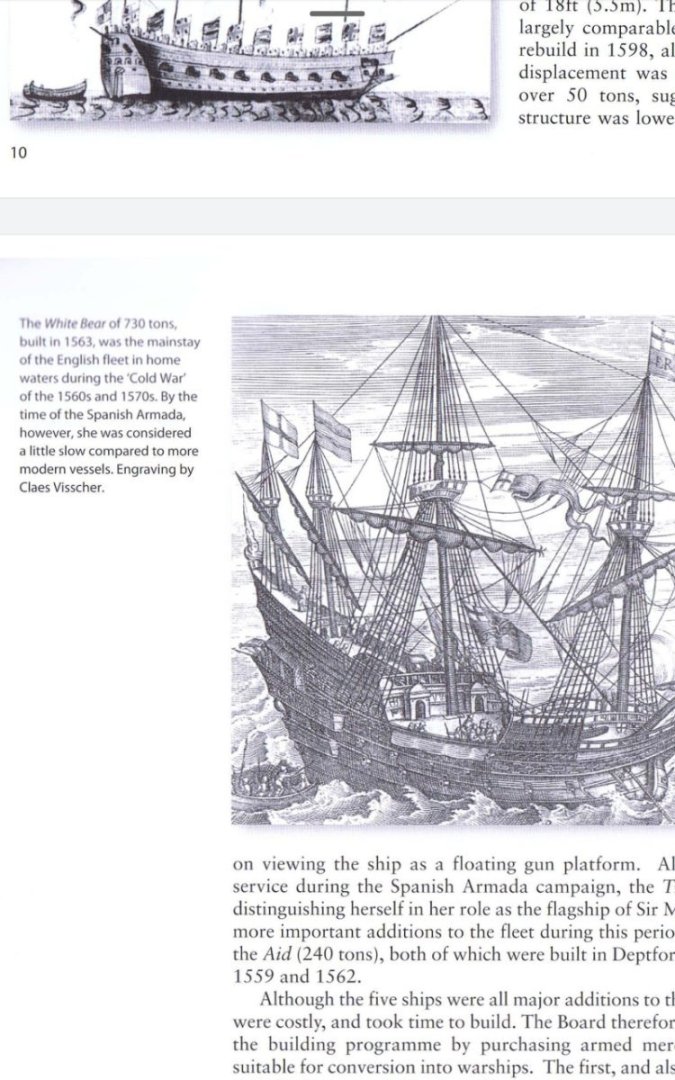
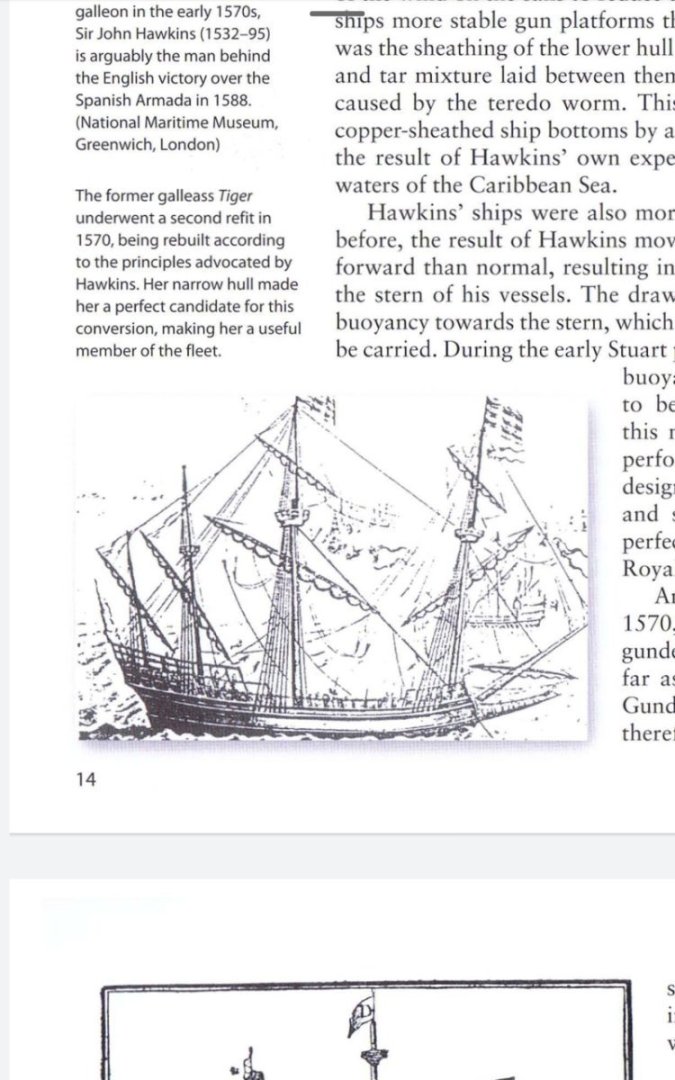
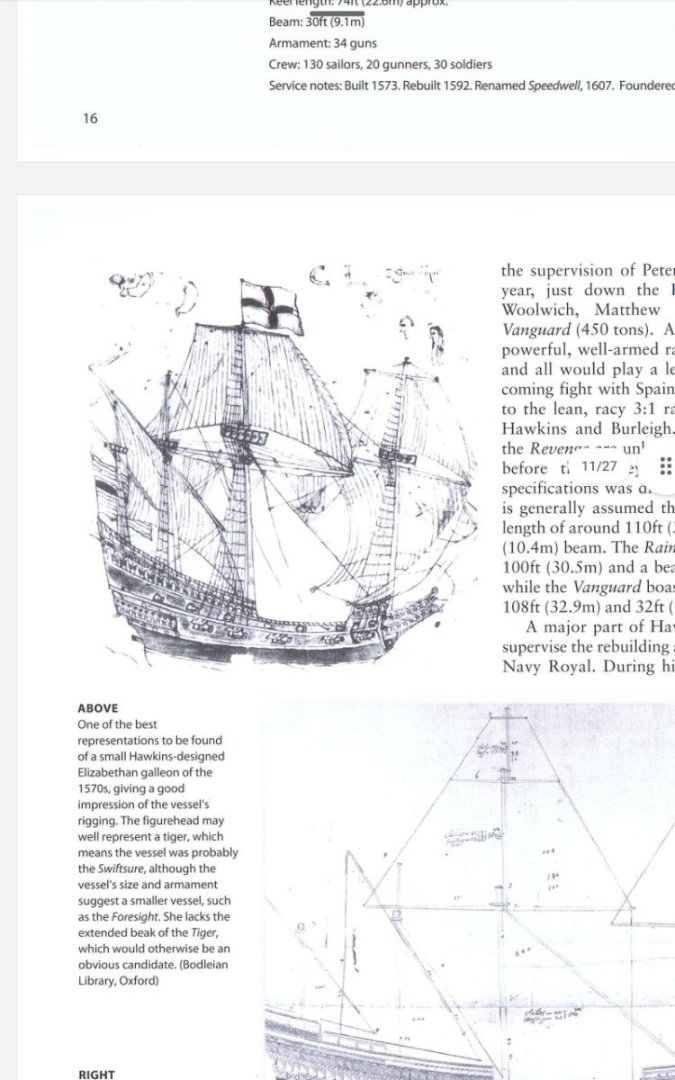
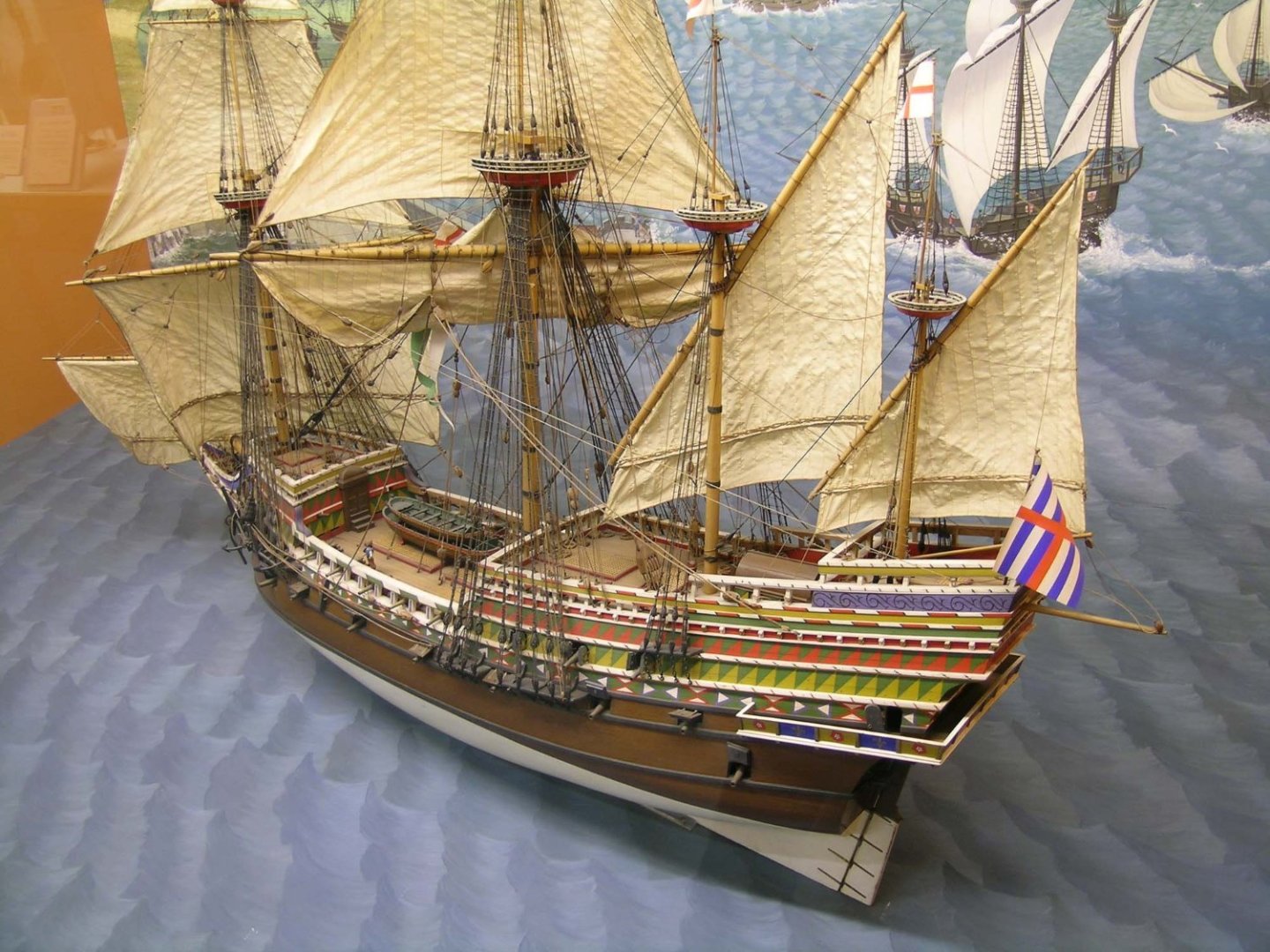
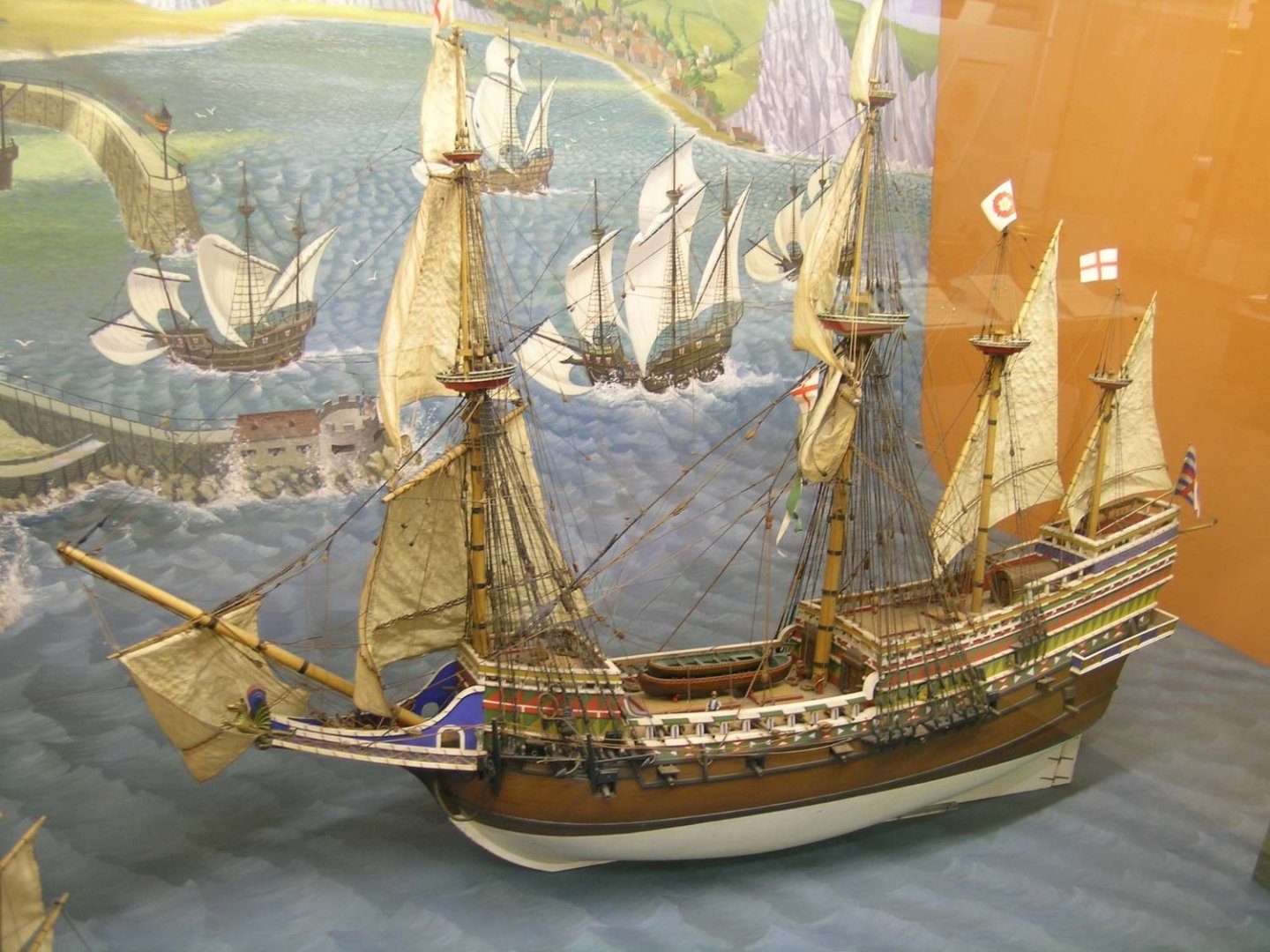
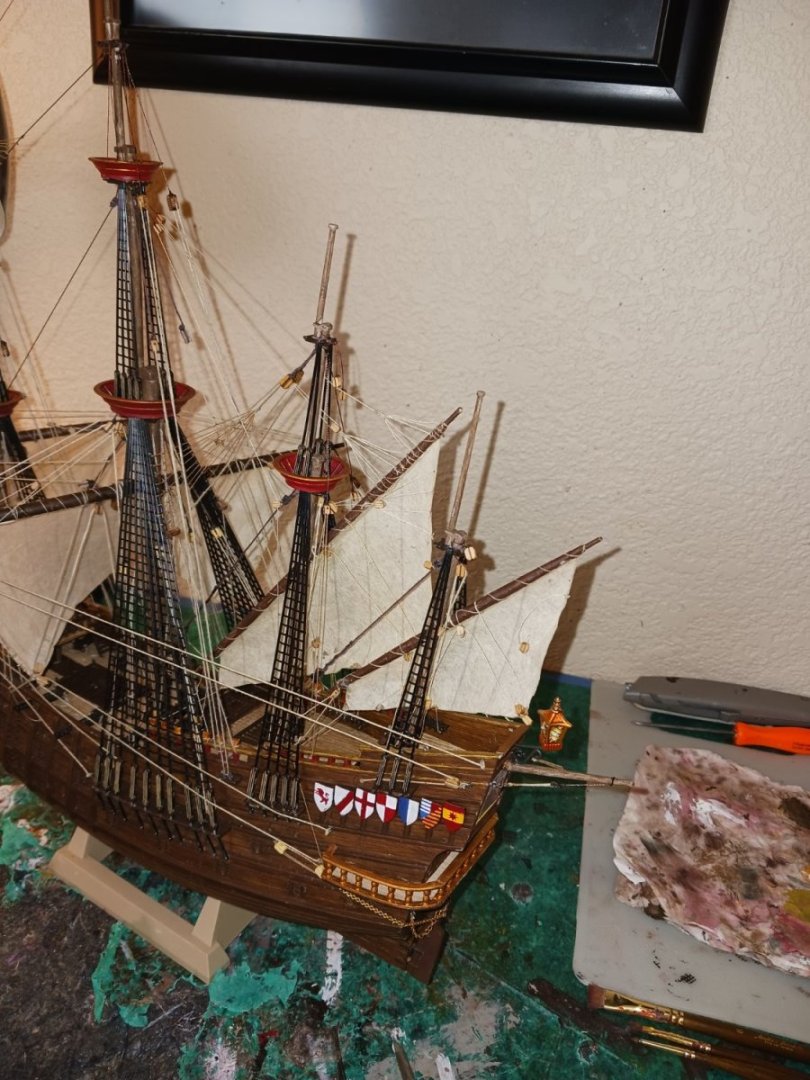
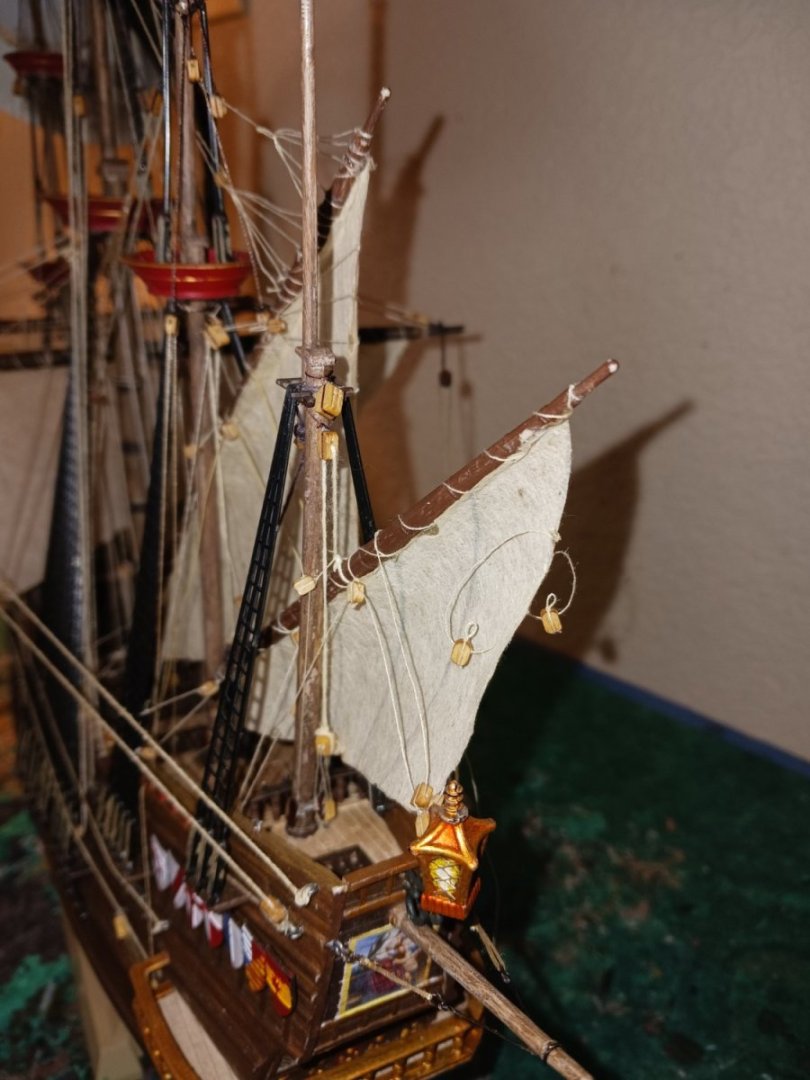
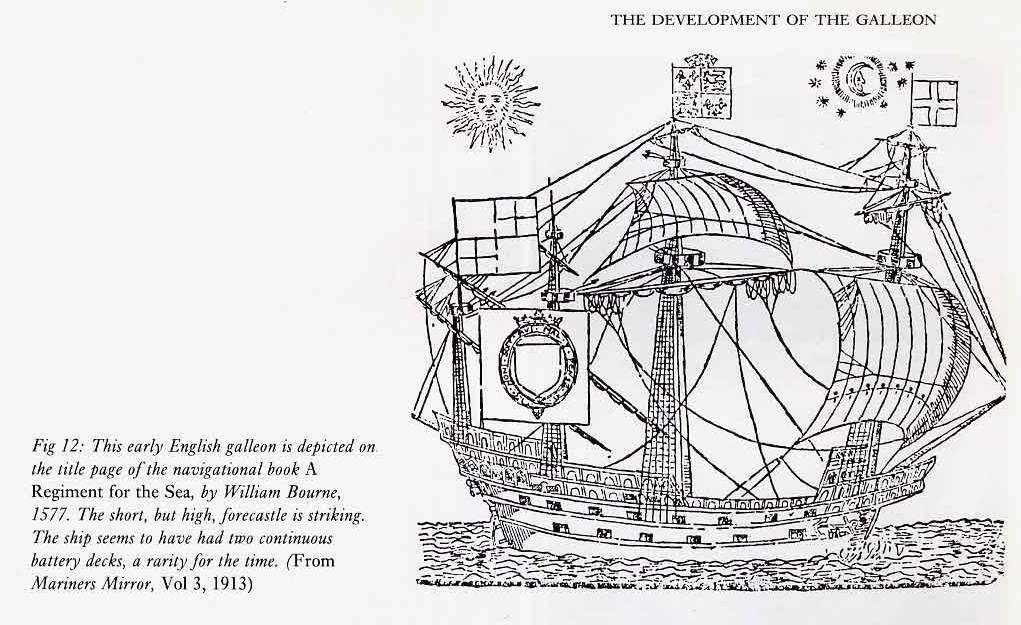

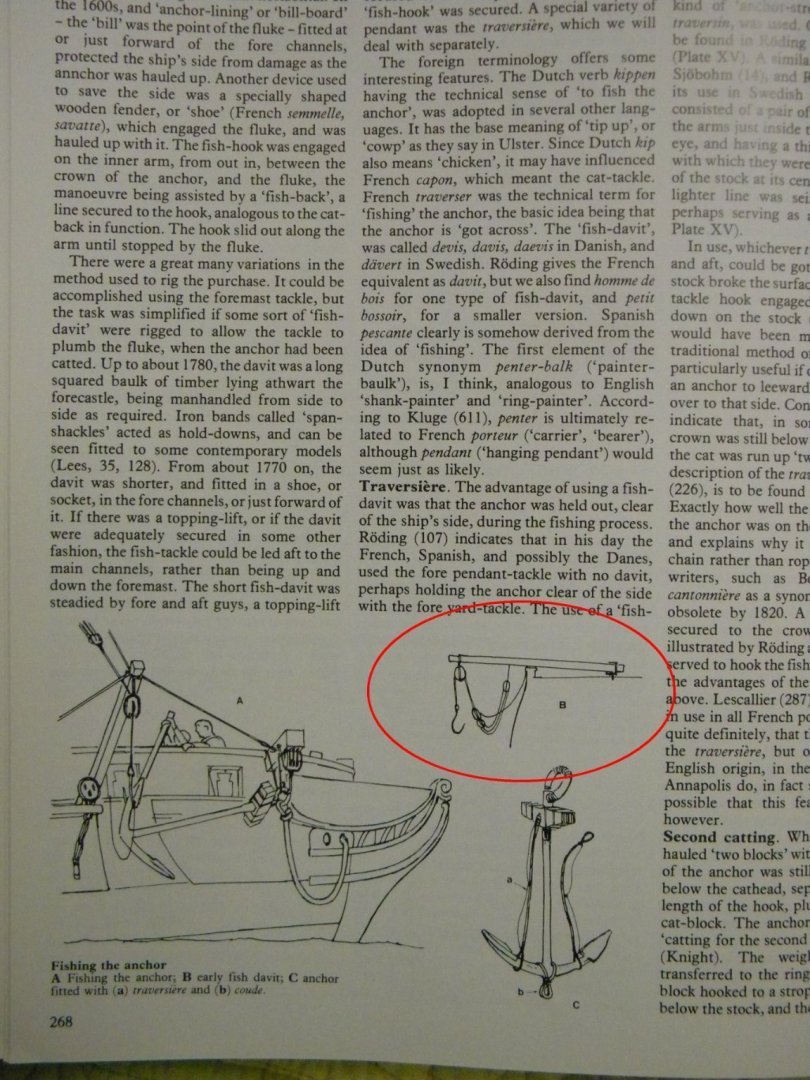
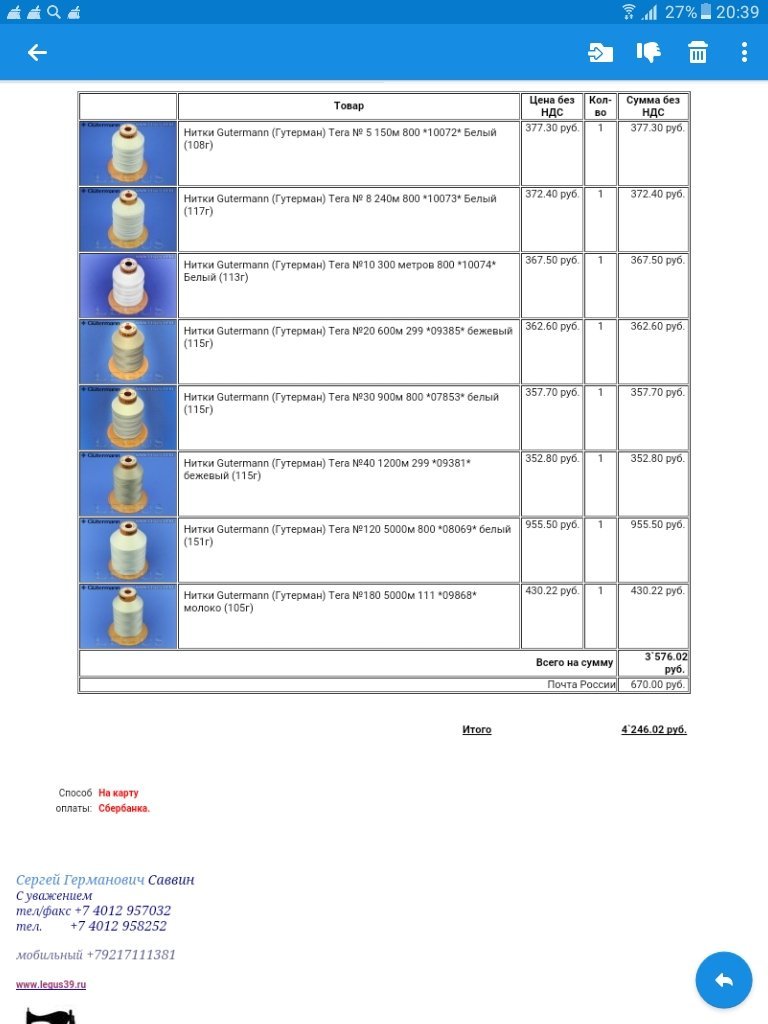
Reale De France by fmodajr - FINISHED - Corel - Scale 1:60
in - Kit build logs for subjects built from 1501 - 1750
Posted